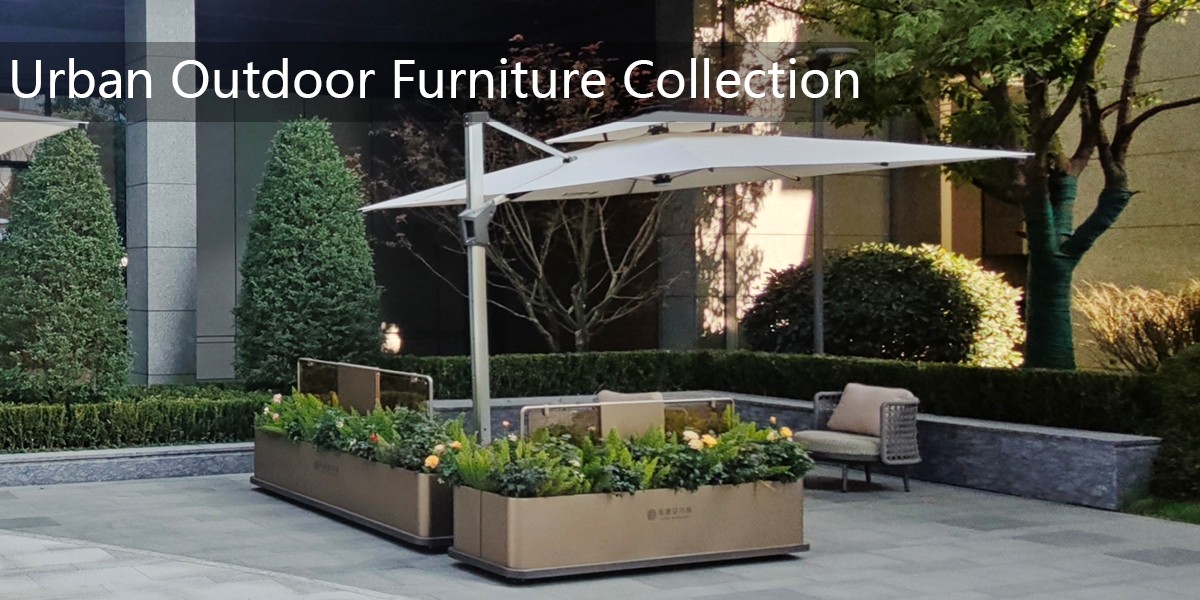Outdoor wine festivals bring joy, crowds, and unique challenges for waste management. Standard trash cans often buckle under the pressure of rowdy celebrations, leading to overflowing bins, broken lids, and costly replacements. To create truly festival-proof outdoor trash cans, designers must focus on three key areas: material resilience, structural intelligence, and crowd psychology.
1. Military-Grade Materials
Stainless steel with powder-coated finishes resists both corrosion and improvised bottle openers. For high-traffic areas, rotationally molded polyethylene bins absorb impacts without denting. Some German festivals now use rubberized polymer layers that "bounce back" when kicked—reducing damage by 62% in field tests.
2. Anti-Tamper Geometry
Curved surfaces without flat edges prevent climbing or surface strikes. Barcelona's festival bins feature inward-sloping tops that naturally deflect thrown bottles. Hidden hinges and latchless designs eliminate vulnerable moving parts—Melbourne's "Monolith" bins reduced repair calls by 80% after implementing magnetic closures.
3. Behavioral Nudges
Strategic features can subconsciously discourage misuse:
- Bright color zones marking proper disposal areas reduce "lobbed trash" by 40%
- Perforated side panels prevent liquid buildup that invites tipping
- Weighted bases (minimum 30kg empty) resist being pushed over
The most successful designs combine these elements with festival-specific adaptations. Napa Valley's "Vineyard Vault" bins incorporate grape-crush-resistant mesh liners and built-in bottle openers that satisfy partygoers while protecting the container. As event waste volumes grow, these innovations prove that durability and design sophistication can coexist—keeping festivals clean without becoming casualties of the celebration.


